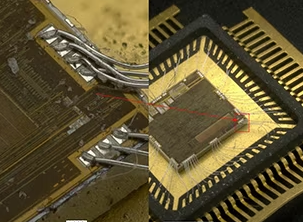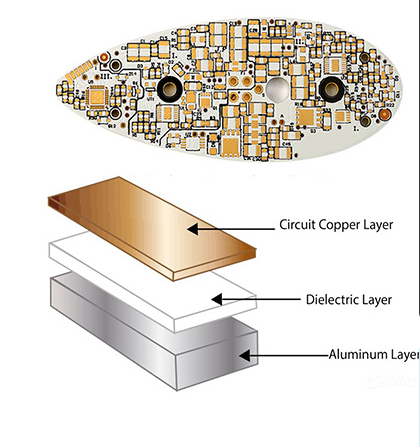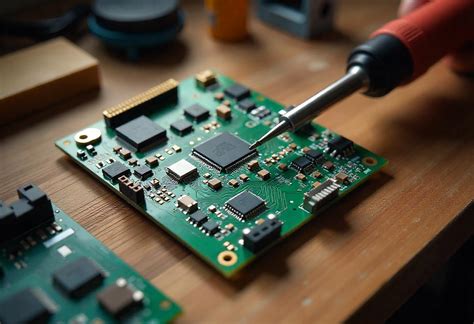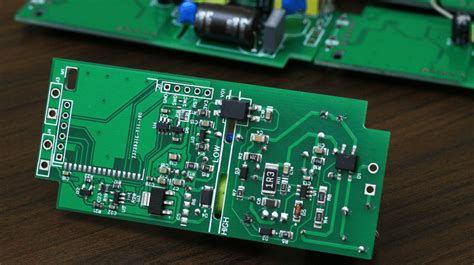Flex pcb shielding
Importance Of Shielding In Flex PCBs
In the realm of modern electronics, the significance of flexible printed circuit boards (flex PCBs) has grown exponentially, driven by the demand for compact, lightweight, and versatile electronic devices. As these devices become more sophisticated, the need for effective shielding in flex PCBs becomes paramount. Shielding plays a crucial role in ensuring the reliability and performance of electronic circuits, particularly in environments where electromagnetic interference (EMI) and radio frequency interference (RFI) are prevalent. Understanding the importance of shielding in flex PCBs is essential for engineers and designers aiming to optimize the functionality and longevity of their electronic products.
To begin with, shielding in flex PCBs serves as a protective barrier against external electromagnetic fields that can disrupt the normal operation of electronic components.
These disruptions can lead to data corruption, signal degradation, and even complete system failure. By incorporating shielding, designers can mitigate the adverse effects of EMI and RFI, thereby enhancing the overall performance and reliability of the device. This is particularly critical in applications such as medical devices, automotive systems, and consumer electronics, where precision and dependability are non-negotiable.
Moreover, the integration of shielding in flex PCBs is not solely about protection from external interference.
It also plays a vital role in preventing the emission of electromagnetic waves from the circuit itself. Uncontrolled emissions can interfere with nearby electronic devices, leading to compliance issues with regulatory standards such as the Federal Communications Commission (FCC) regulations. By effectively containing these emissions, flex PCBs can ensure compliance with these standards, thereby avoiding potential legal and financial repercussions.
In addition to regulatory compliance, shielding contributes to the thermal management of flex PCBs.
As electronic devices become more compact, the density of components on a PCB increases, leading to higher heat generation. Shielding materials can aid in dissipating this heat, preventing overheating and ensuring the longevity of the components. This thermal management aspect is particularly important in high-performance applications where excessive heat can compromise the integrity of the device.
Furthermore, the choice of shielding materials and techniques is a critical consideration in the design of flex PCBs.
Common materials include copper, aluminum, and conductive polymers, each offering distinct advantages in terms of conductivity, weight, and flexibility. The selection of the appropriate material depends on the specific requirements of the application, such as the frequency range of the interference and the environmental conditions in which the device will operate. Additionally, techniques such as co-lamination, where the shielding material is integrated into the PCB during the manufacturing process, can provide enhanced protection without compromising the flexibility of the board.
In conclusion, the importance of shielding in flex PCBs cannot be overstated.
It is a fundamental aspect of design that ensures the reliability, performance, and compliance of electronic devices in an increasingly interconnected world. As technology continues to advance, the demand for effective shielding solutions will only grow, necessitating ongoing innovation and adaptation in the field of flex PCB design. By prioritizing shielding, engineers and designers can create robust and reliable electronic products that meet the ever-evolving needs of consumers and industries alike.
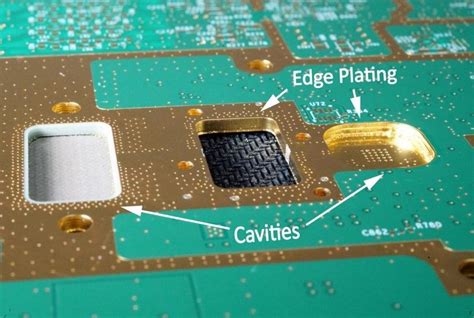
Techniques For Effective Flex PCB Shielding
Flex PCB shielding is a critical aspect of modern electronics design, particularly as devices become more compact and complex. The need for effective shielding arises from the necessity to protect sensitive electronic components from electromagnetic interference (EMI) and radio frequency interference (RFI), which can significantly degrade performance. As such, understanding the techniques for effective flex PCB shielding is essential for engineers and designers aiming to optimize the functionality and reliability of their products.
To begin with, one of the primary techniques for flex PCB shielding involves the use of conductive materials.
These materials, often in the form of copper or aluminum, are applied to the surface of the PCB to create a barrier that reflects or absorbs unwanted electromagnetic waves. The choice of material is crucial, as it must provide adequate shielding effectiveness while maintaining the flexibility required for the application. Copper, for instance, is highly conductive and offers excellent shielding properties, making it a popular choice. However, it is also heavier and more expensive than alternatives like aluminum, which may be preferred in applications where weight and cost are significant considerations.
In addition to material selection, the design of the shielding layer plays a pivotal role in its effectiveness.
A continuous, unbroken layer of conductive material is ideal, as gaps or discontinuities can allow EMI to penetrate the shield. Therefore, careful attention must be paid to the layout and patterning of the shielding layer to ensure comprehensive coverage. Moreover, the thickness of the shielding layer can impact its performance; thicker layers generally provide better shielding but may also add to the overall weight and rigidity of the PCB, potentially compromising its flexibility.
Another technique involves the use of grounding strategies to enhance shielding effectiveness.
Proper grounding can help to dissipate any absorbed electromagnetic energy, preventing it from affecting the performance of the PCB. This can be achieved by connecting the shielding layer to a ground plane, which acts as a reference point for the electrical potential. The ground plane should be designed to minimize impedance and ensure a low-resistance path for the dissipation of unwanted energy. Additionally, the placement of vias, which are conductive pathways that connect different layers of the PCB, should be optimized to facilitate effective grounding.
Furthermore, the integration of shielding enclosures or covers can provide an additional layer of protection.
These enclosures, typically made from metal or conductive plastic, encase the entire PCB or specific components, offering a physical barrier against EMI. While this approach can be highly effective, it may also increase the size and weight of the final product, which could be a drawback in applications where space and weight are at a premium.
Finally, it is important to consider the impact of environmental factors on flex PCB shielding.
Temperature fluctuations, humidity, and mechanical stress can all affect the performance of the shielding materials and structures. Therefore, selecting materials and designs that can withstand these conditions is essential for ensuring long-term reliability.
In conclusion, effective flex PCB shielding requires a comprehensive approach that considers material selection, design, grounding strategies, and environmental factors. By employing these techniques, engineers and designers can enhance the performance and reliability of their electronic devices, ensuring they operate optimally in a wide range of conditions.
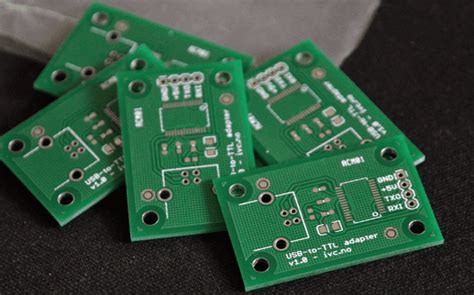
Materials Used In Flex PCB Shielding
In the realm of modern electronics, the demand for compact and efficient devices has led to the increased use of flexible printed circuit boards (PCBs). These flexible PCBs are integral to a wide range of applications, from consumer electronics to medical devices, due to their ability to bend and conform to various shapes. However, as with any electronic component, they are susceptible to electromagnetic interference (EMI), which can disrupt their performance. To mitigate this, effective shielding is essential. The materials used in flex PCB shielding play a crucial role in ensuring the reliability and functionality of these circuits.
To begin with, one of the most commonly used materials for flex PCB shielding is copper.
Copper is favored for its excellent electrical conductivity and its ability to effectively block electromagnetic waves. It is often applied as a thin layer over the circuit, providing a robust barrier against interference. Moreover, copper’s malleability allows it to conform to the flexible nature of the PCB without compromising its shielding capabilities. This makes it an ideal choice for applications where both flexibility and protection are paramount.
In addition to copper, aluminum is another material frequently employed in flex PCB shielding.
Although it is not as conductive as copper, aluminum offers a lightweight alternative that is still effective in reducing EMI. Its lower density compared to copper makes it particularly suitable for applications where weight is a critical factor. Furthermore, aluminum can be anodized to enhance its corrosion resistance, thereby extending the lifespan of the shielded PCB in harsh environments.
Transitioning to more advanced materials, conductive polymers have emerged as a promising option for flex PCB shielding.
These polymers are engineered to conduct electricity while maintaining the flexibility and lightweight characteristics of traditional polymers. Conductive polymers can be applied as coatings or embedded within the PCB structure, providing a versatile solution for shielding. Their adaptability and ease of processing make them attractive for applications requiring intricate designs and complex geometries.
Another innovative material used in flex PCB shielding is carbon-based compounds, such as graphene and carbon nanotubes.
These materials are renowned for their exceptional electrical properties and mechanical strength. Graphene, in particular, offers a high surface area and excellent conductivity, making it an effective shield against EMI. Additionally, its thinness and flexibility align well with the requirements of flexible PCBs. Carbon nanotubes, on the other hand, provide similar benefits with the added advantage of being able to form networks that enhance the overall structural integrity of the PCB.
Furthermore, metalized fabrics are gaining traction as a shielding material for flex PCBs.
These fabrics are typically composed of a base material, such as polyester or nylon, coated with a thin layer of metal. The resulting composite material combines the flexibility of fabric with the conductive properties of metal, offering a lightweight and adaptable shielding solution. Metalized fabrics are particularly useful in applications where the PCB must endure repeated bending and flexing.
In conclusion, the materials used in flex PCB shielding are diverse and tailored to meet the specific demands of various applications.
From traditional metals like copper and aluminum to cutting-edge materials such as conductive polymers and carbon-based compounds, each offers unique advantages. The choice of material depends on factors such as conductivity, weight, flexibility, and environmental conditions. As technology continues to advance, the development of new materials will undoubtedly enhance the effectiveness and versatility of flex PCB shielding, ensuring the continued performance and reliability of electronic devices in an increasingly interconnected world.
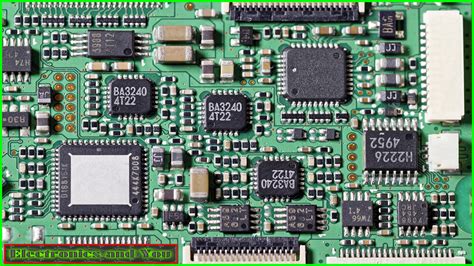
Challenges And Solutions In Flex PCB Shielding
Flex PCB shielding presents a unique set of challenges and solutions that are critical to the performance and reliability of electronic devices. As electronic components become increasingly compact and complex, the demand for flexible printed circuit boards (PCBs) has surged. These boards offer the advantage of fitting into tight spaces and conforming to various shapes, making them ideal for modern electronic applications. However, the very flexibility that makes them so appealing also introduces challenges, particularly in terms of electromagnetic interference (EMI) shielding.
One of the primary challenges in flex PCB shielding is maintaining the integrity of the shield while allowing for the board’s flexibility.
Traditional shielding methods, such as metal enclosures or rigid metal layers, are not suitable for flexible circuits. These methods can restrict movement and potentially damage the board when bent or flexed. Consequently, engineers must explore alternative materials and techniques that provide effective EMI shielding without compromising the board’s flexibility.
To address this challenge, one solution involves the use of conductive materials that can be applied as coatings or films.
Conductive inks, for example, can be printed onto the surface of the flex PCB, forming a thin, flexible shield. These inks are typically composed of metallic particles suspended in a polymer matrix, which allows them to maintain conductivity while remaining pliable. This approach not only preserves the board’s flexibility but also offers a lightweight and cost-effective shielding solution.
Another innovative solution is the incorporation of conductive fabrics or meshes.
These materials can be laminated onto the flex PCB, providing a flexible yet robust barrier against EMI. Conductive fabrics are often made from woven or non-woven fibers coated with metals such as copper or nickel. The resulting material is both lightweight and flexible, making it an ideal choice for applications where weight and space are critical considerations.
In addition to material selection, the design of the flex PCB itself plays a crucial role in effective shielding.
Engineers must carefully consider the layout and routing of traces to minimize EMI susceptibility. For instance, placing ground planes strategically and ensuring proper trace spacing can significantly reduce the risk of interference. Moreover, incorporating vias and stitching techniques can enhance the continuity of the shield, further improving its effectiveness.
Despite these solutions, challenges remain in balancing the trade-offs between shielding effectiveness, flexibility, and cost.
Conductive materials, while effective, may add to the overall cost of the PCB. Additionally, the application process for conductive coatings or fabrics can be complex, requiring specialized equipment and expertise. Therefore, manufacturers must weigh these factors carefully to determine the most suitable approach for their specific application.
In conclusion, flex PCB shielding is a multifaceted challenge that requires a combination of innovative materials, thoughtful design, and careful consideration of trade-offs. As technology continues to advance, the demand for flexible, reliable, and efficient electronic devices will only grow. By addressing the challenges of flex PCB shielding with creative solutions, engineers can ensure that these devices meet the rigorous demands of modern applications while maintaining their performance and reliability. Through ongoing research and development, the industry can continue to refine these techniques, paving the way for even more sophisticated and versatile electronic systems.


